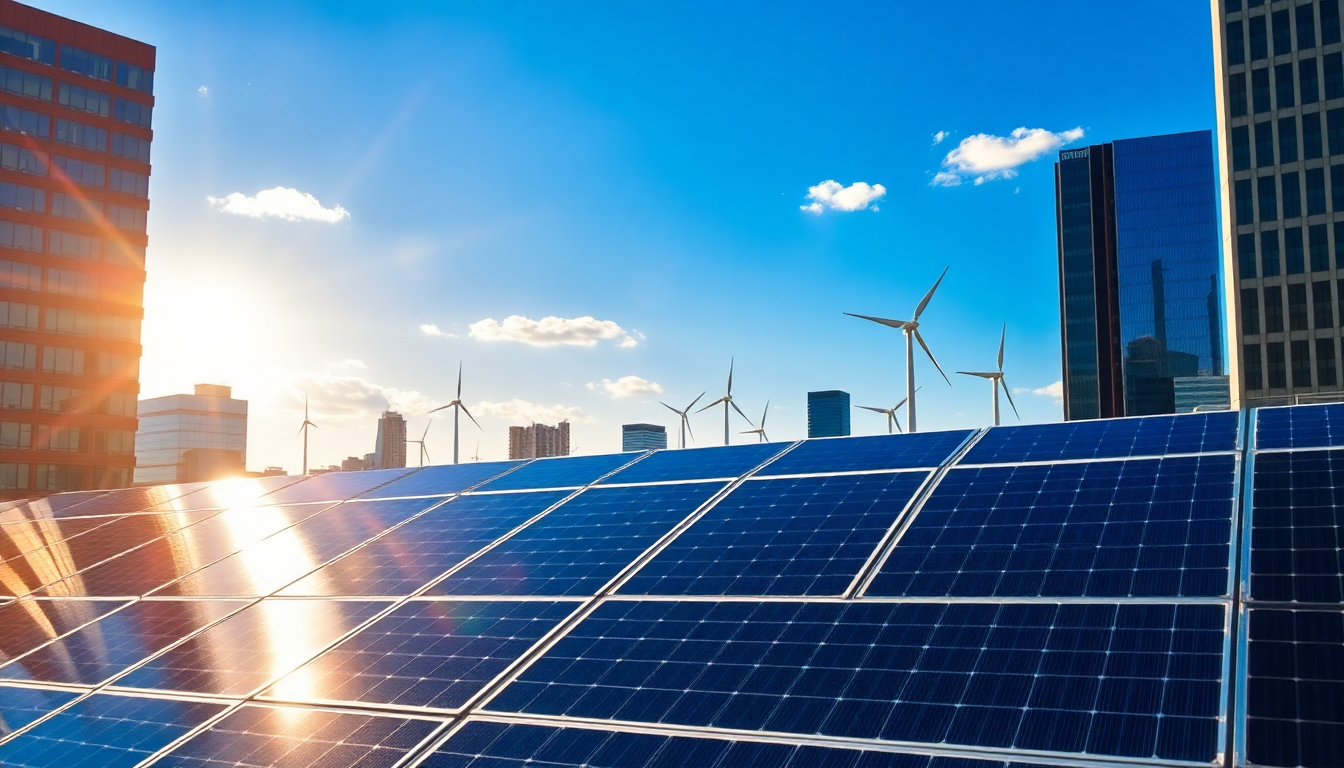Table of Contents
The clean energy investment landscape is on the verge of a major shift. With the US Congress set to introduce new legislation that could change how tax credits are accessed for companies linked to China, we need to ask ourselves: what does this mean for the future of clean energy projects? This move aims to reduce dependency on foreign entities—especially China—and it raises some crucial questions about the long-term viability of investments in this sector.
What’s Changing with the New Legislation?
The House of Representatives has already passed its version of the bill, which seeks to eliminate the ‘de minimis’ customs protections. These protections currently allow minimal foreign ownership and sourcing without any penalties. Now, the bill is waiting for the Senate’s approval before it can be sent to the President for signing. With a deadline looming later this week, the urgency among Republicans to finalize this legislation is palpable.
One of the most contentious aspects of this bill is the strict foreign ownership rules. If a clean energy company has any foreign entity—especially from China—holding 25% or more ownership, they will be disqualified from receiving tax credits. This could have serious ramifications for many planned projects, particularly those that are heavily intertwined with foreign investments.
How Material Assistance Thresholds Will Affect Projects
Another key element of the bill introduces new thresholds for material assistance. Starting next year, solar farms, for example, will be ineligible for tax credits if more than 60% of their materials by value are sourced from certain countries, including China. This tightening of sourcing regulations could put a halt to many projects that depend on imported materials, complicating an already challenging investment climate.
Additionally, existing licensing deals between US and Chinese companies that involve technology transfers could be at risk. High-profile partnerships, like the one between Ford and the Chinese battery manufacturer CATL, may face significant challenges, potentially stalling innovations and developments that are crucial for advancing clean energy technologies.
The Bigger Picture: History and Future Trends
Restrictions on foreign components in the clean energy sector aren’t entirely new. Similar provisions were part of the Inflation Reduction Act, which aimed to bolster US climate initiatives. However, this latest legislative push represents a more aggressive effort to minimize reliance on Chinese market dominance.
As we look to the future, the impacts of this legislation are likely to unfold over the coming months and years. While the goal is to encourage domestic growth and lessen foreign dependency, the immediate effect might be a slowdown in clean energy projects and investments. Stakeholders in the sector need to evaluate their strategies carefully in light of these evolving regulations, as the landscape is becoming increasingly intricate.
In conclusion, it’s crucial for investors and project developers to stay alert and adaptable in response to these legislative changes. The evolving clean energy landscape, combined with rising geopolitical tensions, will undoubtedly shape future investment opportunities in this sector. Are you ready to navigate these changes?


